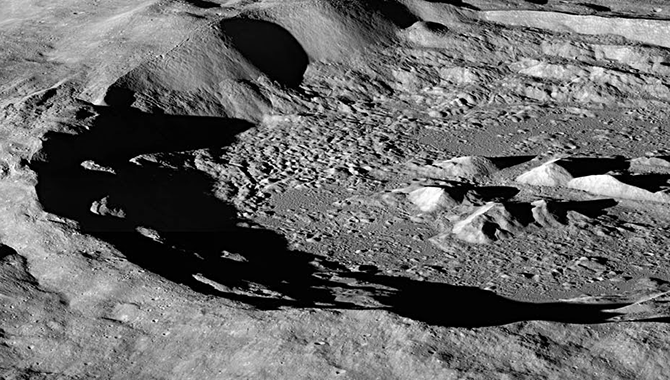
Twenty years ago, Doring Kindersley Publishing–the UK book company famous for the large “DK” logo on its lower spine and its floating art design–announced a new series of reference guides called DK Pockets.




Twenty years ago, Doring Kindersley Publishing–the UK book company famous for the large “DK” logo on its lower spine and its floating art design–announced a new series of reference guides called DK Pockets.

In the movie Edge of Tomorrow, Tom Cruise’s character is stuck in a time loop, which—after his violent death by earth-ravaging aliens—returns him to yesterday only to fight another day until he dies again.
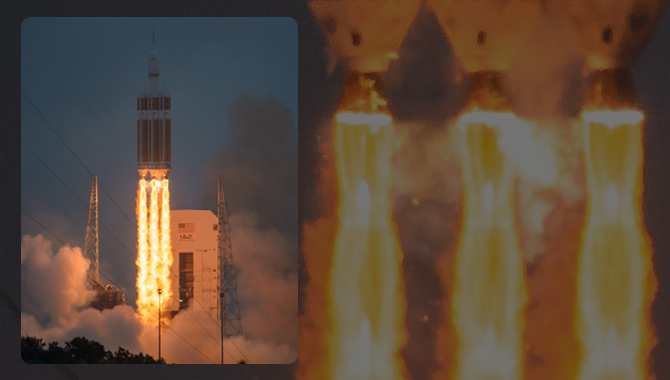
This month, Esquire—the octogenarian magazine that has spent much of its years reporting on the bar, bedroom, and bathroom—describes a near disaster on the International Space Station (ISS).

Tom Magliozzi, the elder of “Click and Clack: The Tappet Brothers” of NPR’s Car Talk, recently died, and the Internet has not been consistent with one of his most famous quotes.

The latest hit song by the Counting Crows (after a six-year gap) now rides the airway, and in one line of its Beatlesque word associating imagery, Adam Duritz jubilantly sings a verse, launching with a bracing “Spaceman!” and ending with a crooning “Geronimo!”
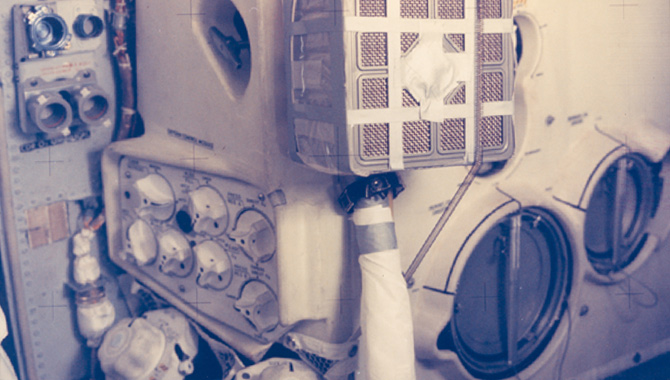
There are actually several Tom and Jerry cartoons in which Jerry (the mouse) rescues a goldfish from Tom (the cat). Inevitably, in one of these episodes, a fish bowl filled with water descends upon Tom’s head only to encase it.
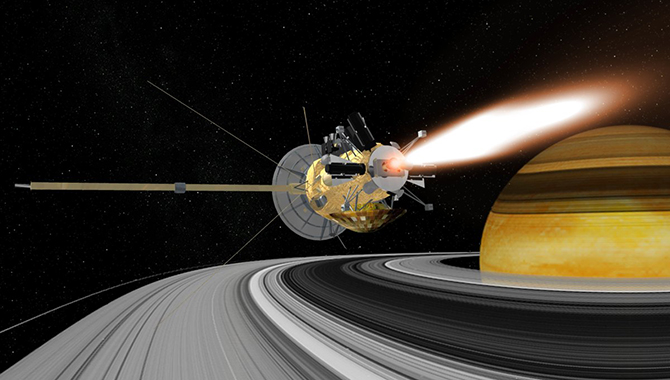
As school children, one of our earliest lessons in astronomy is this: all of the planets in our solar system—with the notable exception of the Earth—bear the names of Roman gods.

Forty-five years ago this month, we landed a man—actually two—on the moon, and the world raised the bar to success by a skyward leap.
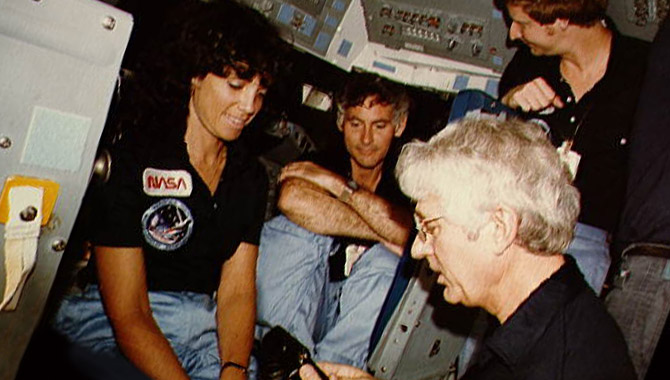
In 2006, astronaut Michael Mullane courageously landed on a strange planet called Comedy Central, in the late-night time zone known as The Daily Show with Jon Stewart.